In Colorado, you can find amazing projects that exist because the community formed an urban renewal authority (URA).
The historic Denver Tramway Powerhouse was reimagined as a flagship outdoor retail store. The City of Pueblo formed a public-private partnership with one of the world’s largest steel producers. And the City of Montrose built a recreation center and reeled in a big fly-fishing manufacturer.
Across the state, communities large and small are leveraging URAs in creative and powerful ways. But what exactly is a URA? Would a URA benefit your community? Where should you begin? We answer these questions and more below.
Why does your community need a URA?
Currently, 62 Colorado towns and cities have an urban renewal authority – a number that is growing each year. Let’s talk about your Colorado community. Does it lack affordable housing? Does cost prevent your town from upgrading a specific water line or extending a sewer line? Does your city need higher paying jobs but struggle to attract private investment, industry growth and entrepreneurism? If any of these descriptions apply, then you should think about forming an urban renewal authority (URA). In Colorado, a URA must be formed first, before renewal projects and activities can begin. Consider it a creative redevelopment tool that can help break the gridlock that can occur with development.
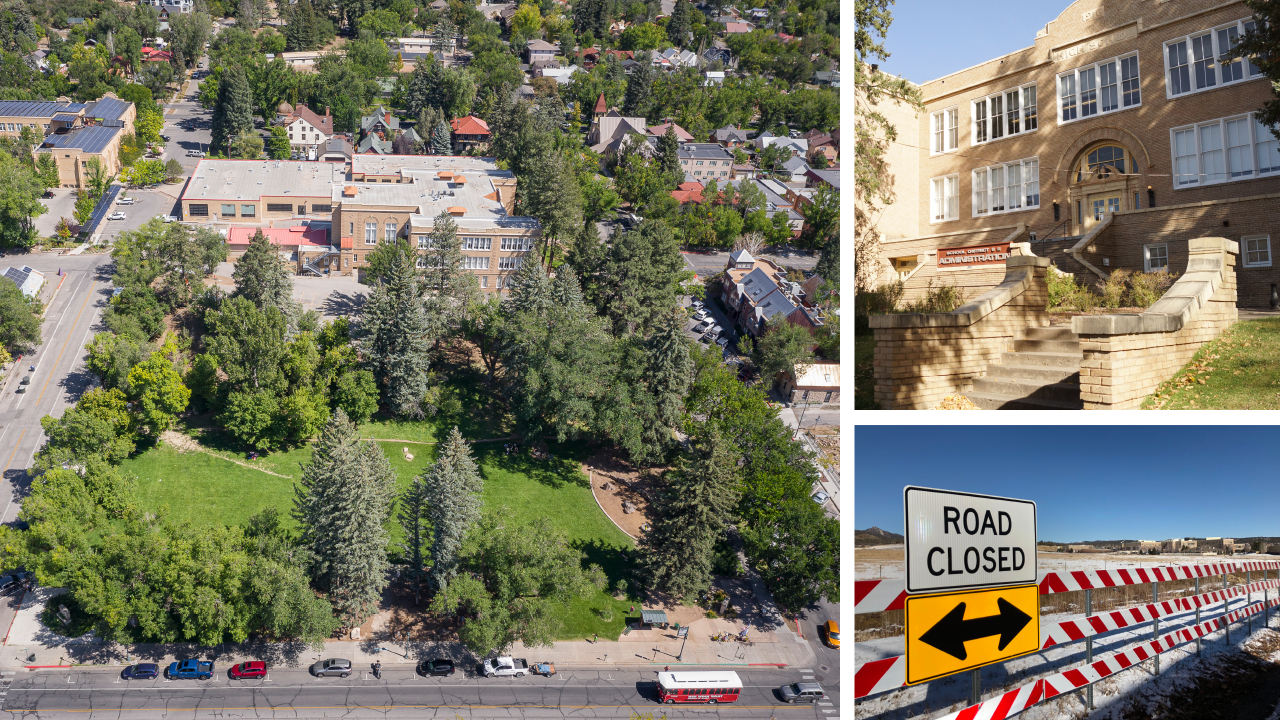
A URA Can Help Your Community:
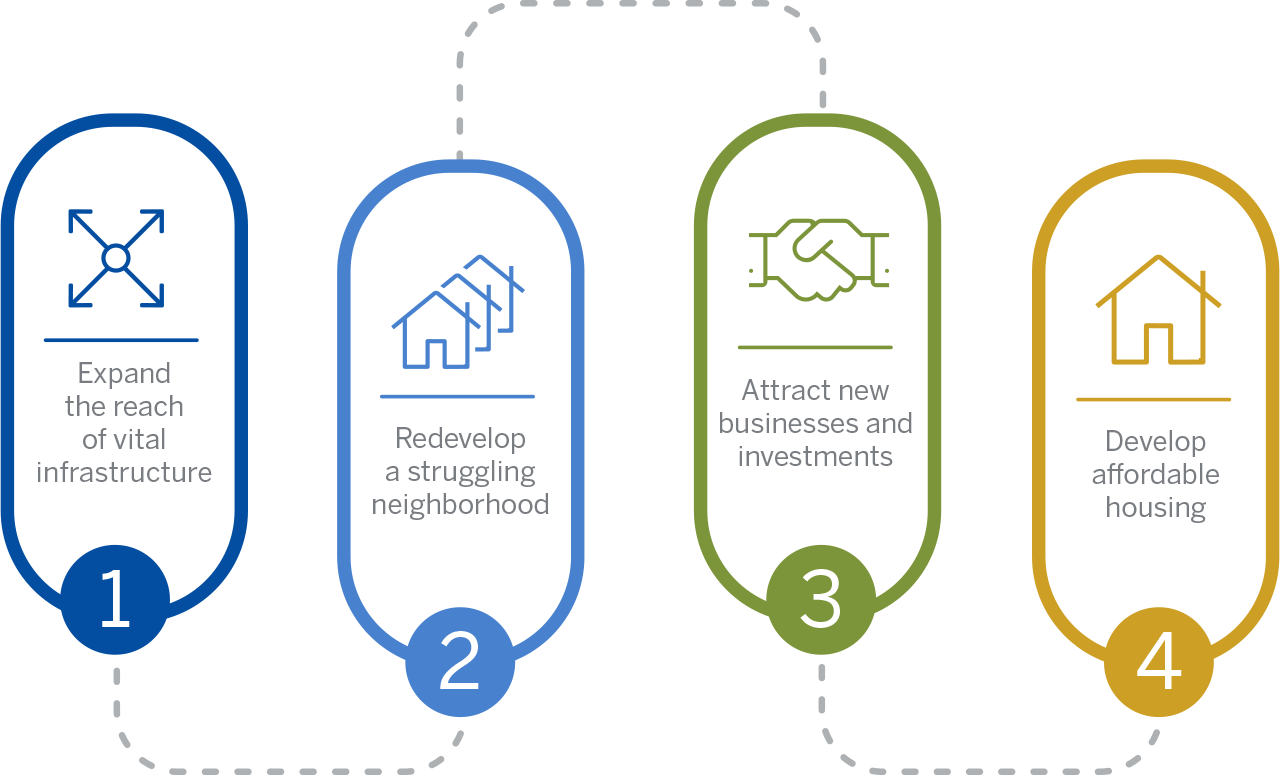
What exactly is a URA?
A URA is a local organization that your Colorado community must form before starting an urban renewal project. Legally referred to as a “statutory body,” a URA’s singular purpose is to prevent and eliminate blight in your community.
What does a URA do?
A URA provides an opportunity for your town or city to target investment, public improvements and new development. It helps remove factors that are known to stand in the way of sound development. Under Colorado state statute, a URA is authorized to borrow money, issue bonds, and accept grants from public and private sources. Tax incremental financing, or TIF, is the most common way that a URA can help fund an urban renewal project.
Wait…is urban renewal really a good thing?
Yes! Urban renewal is a great resource for Colorado’s communities, but it had what some might consider a rocky start. The concept’s negative connotations stem from the 1950s, when the federal government initiated large-scale urban renewal programs such as the Interstate highway system and the Federal Housing Administration’s public housing projects. The upside was economic growth and opportunity, but the downside was questionable development patterns in our cities and towns. Although Colorado’s Urban Renewal Law was adopted during this time and bears the same name, urban renewal today is very different than how it was conceived 70 years ago.
So urban renewal is good for Colorado?
Today, urban renewal in Colorado is a community-led initiative. Unlike the top-down, heavy handed, bureaucratic approach that defined urban renewal planning in the past, Colorado’s URAs today are powered at the local level. It is where the planning process and the development process can work together to enact community change. Through a URA a community’s plans and visions – such as comprehensive plans, multimodal plans and housing plans – can influence the development process to produce the goals laid out in those living documents. We could say that URAs are where the rubber meets the road.
What if your community is really small?
URAs can be especially powerful in small communities. A small town may not have the budget to pay for large infrastructure improvements. It may be experiencing stymied growth. Or it may need to attract a certain type of development, such as affordable housing.
Urban renewal can provide smaller Colorado communities with a competitive way to attract new development. It’s a local vehicle for transformative public-private partnerships.
Can URAs help municipalities and developers work together?
Public-private partnership is the name of the game. Formed by local petition, a URA is made up of a board of elected officials from the municipality, the county, the school district and other local taxing bodies. Its charge is to adopt plans for alleviating blight and targeting redevelopment in a community. What sets a URA apart from other planning processes? It takes the public’s vision and adds incentives to attract private developers. A URA is authorized to issue grants, bonds, loans and other financial mechanisms to help produce public improvements and redevelopment. These incentives allow the public to partner with a developer to make the project more feasible – and to shape the project to better meet community needs.
A successful URA is fully backed by:
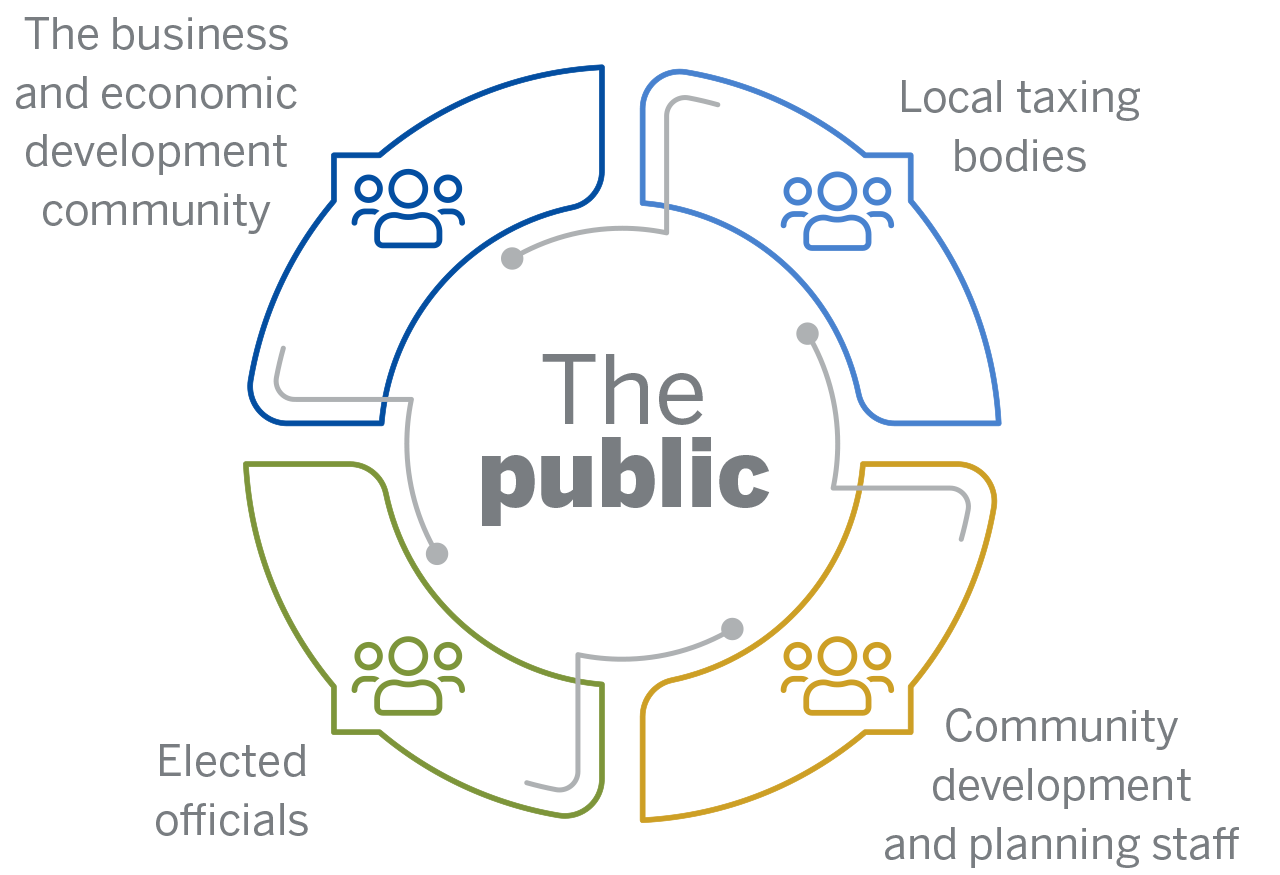
Where do you start if you want to form a URA?
The most important steps in forming a URA are organizing public participation, communicating with taxing entities and identifying blight.
1. Start with a public outreach campaign
Develop and implement a public outreach campaign to help educate the community about the benefits of a URA while identifying local concerns and issues that can inform the URA’s vision. Because a URA is a local planning body, its projects and activities must align with your community’s needs and desires. The public outreach campaign is an opportunity to understand the public’s concerns about the future of their community, such as:
- A school district may be concerned about the availability of affordable housing for its teachers
- A business improvement district (BID) may be worried about attracting new businesses that will provide higher paying jobs.
- Elected officials may want to extend a sewer line to spur new development.
- A neighborhood group may be concerned with safe routes to school.
By holding events such as meetings, presentations and workshops, you can provide a platform for these issues and communicate how a URA can address these worries. Productive dialog provides momentum to form a URA and helps cultivate a clear and supported vision.
It’s also a good idea to ask organizations that participate in the public outreach campaign to draft letters of support for the URA’s formation. Although not required by Colorado’s urban renewal law, these letters can chronicle each organization’s goals for the URA and provide a city council or town board with the confidence to vote yes to form a URA.
2. Petition elected officials to form a URA
After kicking off the public outreach campaign, it’s time to petition elected officials to form a URA. At least 25 registered electors must file a petition with the municipal clerk stating that there is a need to form a URA. Once this petition is filed, your town’s governing body will hold a public meeting to discuss the need to form the authority, consider its implications and vote on its formation.
3. Before the vote, commission a conditions survey
Before a vote can take place, your town must determine that certain conditions called “blighting factors” exist within areas of the community to warrant a URA. A conditions survey will provide the framework to research and analyze the presence of blighting factors.
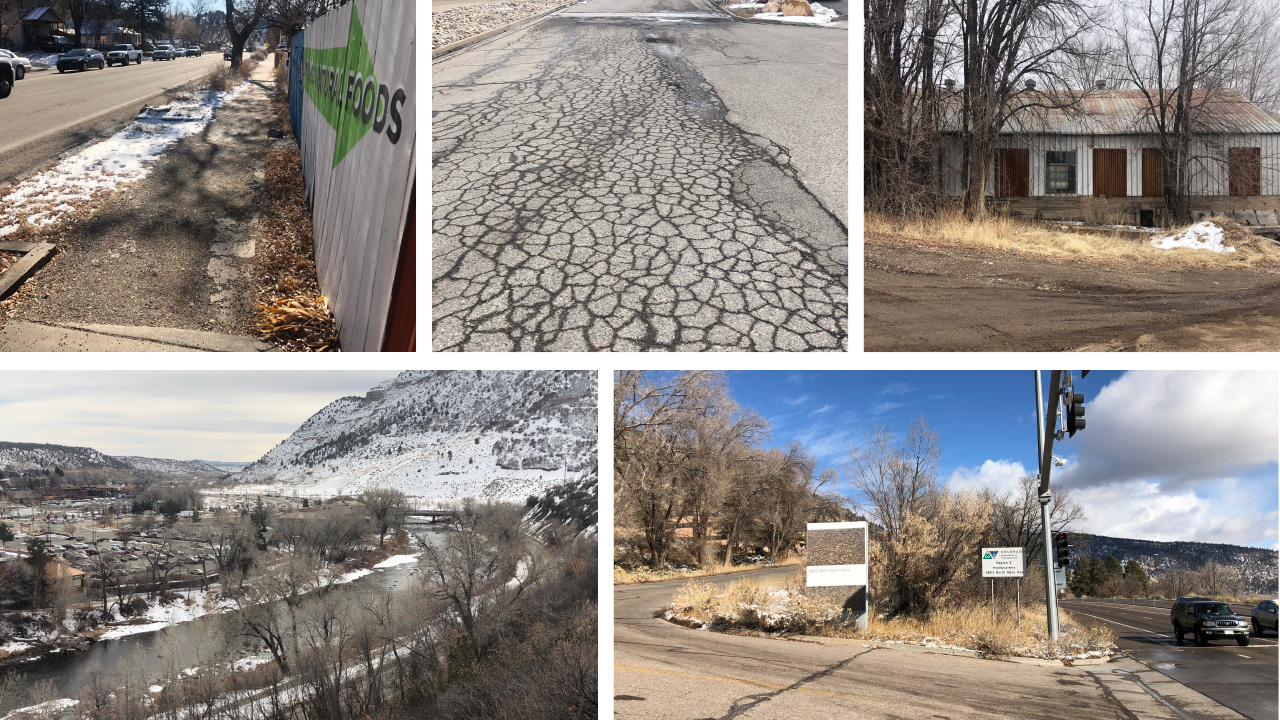
The conditions survey can vary in scope – these are two common starting points:
- Specific: Your town has a certain development project in mind and wants to analyze a specific area.
- Comprehensive: Your town has not decided on the best starting place and wants to know where urban renewal activities are possible.
Either type of conditions survey is acceptable, but a communitywide, general conditions survey is best to determine the need for a URA while also informing the URA of possible locations for future renewal projects. A holistic analysis such as this requires more work up front, but your URA will be more informed and more strategic regarding future urban renewal projects.
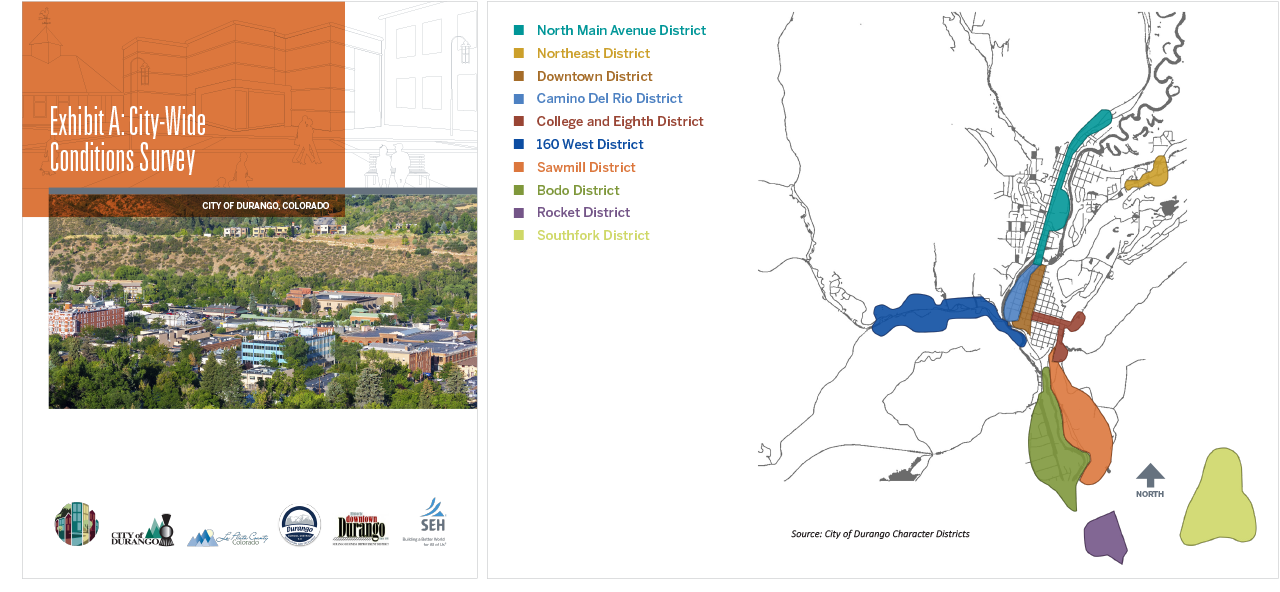
4. Now it’s time for the vote
After the petition and conditions survey is complete, your town’s governing body will vote on the URA’s formation. Assuming the vote passes, the next step is to form the URA’s board of commissioners. Typically, the governing body designates itself to the URA board. It’s also recommended that board members or staff of other major taxing bodies, such as the local school district and the county, as well as the county assessor, be invited to serve as board members. The composition of the board is contingent on local circumstances, however, and should reflect your community’s preferences.
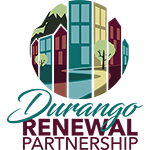
5. Identify your first urban renewal project
Once your town forms a URA and designates a board of commissioners, the exciting work can begin. Revisit your conditions survey along with the issues raised during the public outreach campaign to determine an appropriate area to start your first urban renewal project. Also consider any adopted planning documents, such as your municipality’s comprehensive plan or sub-area plans. And if a developer or business is already looking to redevelop within the community, the URA should evaluate the proposal to see if it is appropriate for an urban renewal project.

6. Next, 3 reports are needed
Once the URA board of commissioners has settled on a specific area for the urban renewal project, it’s time to complete three reports.
Urban renewal plan
Start with the most important of these: the urban renewal plan. The urban renewal plan outlines the vision for the project area, defines its boundaries, and describes proposed actions and incentives that will be used within the project area.
Conditions survey
The conditions survey supplements the urban renewal plan. Now that you have a specific plan in place, you may need to update the previous conditions survey to reflect the specific project area, which is a straightforward task if a comprehensive conditions survey was completed during the formation process. The conditions survey will clearly demarcate the boundaries of the proposed project area and analyze the blighting factors present in that area.
Impact report
An impact report is the second document that supplements the urban renewal plan. If the URA anticipates using tax increment financing (TIF) within its project area – and TIF is the predominant incentive a URA can offer – then an impact report is required by Colorado law. Much like the conditions survey, the impact report should take a holistic look at potential impacts of the urban renewal project. The impact report will do the following:
- Forecast future development
- Estimate the amount of property and sales tax to be generated
- Estimate how much generated tax will be attributed to
- urban renewal (incremental revenue)
- existing development (base revenue)
The impact report should forecast tax revenue for each taxing body within the project area. Your URA can use these forecasts in its negotiations with these taxing bodies – such as the local school district – to determine the percentage of incremental revenue that will flow to the URA instead of the taxing bodies. These negotiations are known as “TIF agreements,” and they are instrumental for incentivizing urban renewal projects.
Beyond tax revenues, the impact report will evaluate potential impacts on infrastructure and municipal services that would affect local taxing bodies. Some examples of impacts that could result from development:
- Will traffic counts increase significantly
- Will more people live in the area?
- Will the school district need to build more classrooms?
- Is an uptick in police calls possible?
The impact report looks beyond negative impacts to identify positive impacts as well. When done right, an impact report can be your URA’s roadmap for redeveloping the project area. It can highlight properties that will generate large amounts of incremental tax revenue. It can help the URA board of commissioners strategically use incentives during negotiations with potential developers.
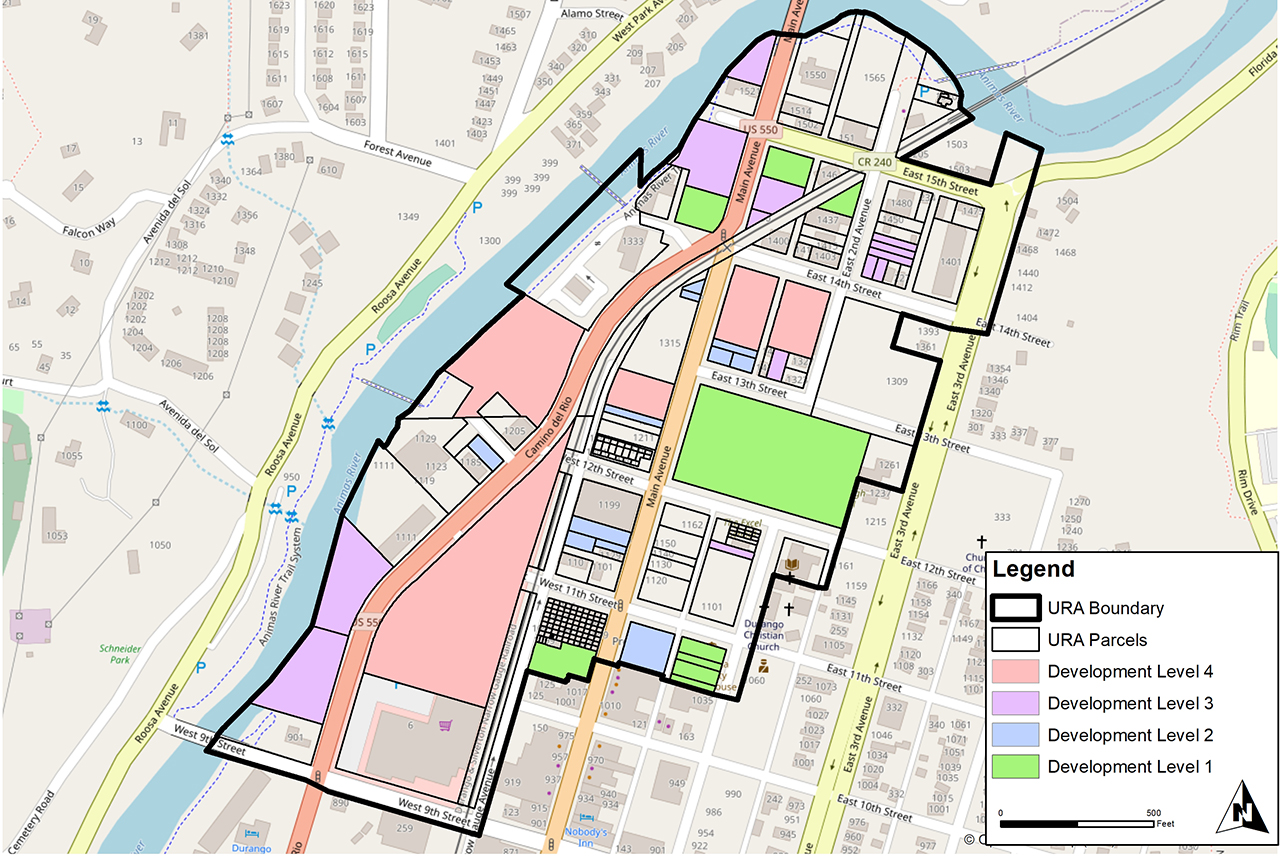
About SEH and URAs
SEH assists towns and cities with a wide range of urban renewal needs, such as forming a URA or just trying to get a renewal project off the ground. Our team partners with communities to develop and implement URA-focused public outreach campaigns, urban renewal plans, conditions surveys and impact reports. Urban renewal in Colorado affects both sides of the public/private spectrum, and our experience as a trusted advisor to both municipalities and developers helps us provide the data, reports and guidance needed for long-term success.
Your community in Colorado has formed an urban renewal authority (URA). What’s next?
Start a project:
- Now that you have formed a URA, build on this momentum by initiating an urban renewal project. Synthesize the comments and suggestions you received during the public outreach campaign to begin to identifying areas that align with community needs.
Be strategic:
- Your first urban renewal project area must meet Colorado’s statutory threshold of blighting conditions to be eligible for renewal. Consult your original conditions survey to ensure that areas identified by the community for urban renewal still qualify.
- Make sure your first project can be a success. Your first success, no matter how small, will make an impact on your community and make future renewal projects more likely to succeed. When identifying potential first projects, think about these types of properties:
- Catalysts for redevelopment
- High TIF generators
- Large redevelopment upside
- Tax exempt or easily developable parcels
- As you develop your updated conditions survey and impact report for your project area, leverage that information to better inform your urban renewal plan. These reports can become a roadmap for future development in your project area.
Draft the project’s urban renewal plan:
- Be open and broad.
- Allow for flexibility.
- Be specific regarding the values, vision and mission expressed by the community during the URA formation process.
- Align your renewal project with goals and objectives to attain results-oriented success now and in the future.
Work with your assessor:
- Your county assessor will be instrumental in every urban renewal project your community creates. The assessor is responsible for determining and adjusting the property tax base within an urban renewal project area, which directly impacts the incremental revenue a URA can leverage for incentives.
- We recommend inviting your assessor to serve on the URA board, but if that is not possible, always inform the assessor’s office about the URA’s projects and activities.
Be proactive:
- Market and leverage tax-exempt properties.
- Issue requests for qualifications (RFQs) and proposals (RFPs) to developers.
- Communicate with and partner with property owners within the project area, as well as local developers and financial institutions.
- Market your urban renewal project so that outside businesses, industries and entrepreneurs are aware of your urban renewal plan and your community’s commitment to alleviating blight through redevelopment and public improvements.
- Avoid being reactive. Instead, work the plan.
Always start working the next project:
- Think three to five projects ahead. This will keep you thinking proactively. Poor planning leads to reactive responses and allows others to decide your fate.
- Keep your fate in your own hands to reach your vision, based upon your values and your mission.
- Have your next move ready.
In the Weeds: Interested in learning even more about URAs? We invite you to read on.
How does a URA differ from “economic development” in Colorado?
Eliminating blight is a URA’s purpose as defined by Colorado law [C.R.S. 31-25-102]. A common misconception regarding URAs is that they’re all about economic development. This is incorrect. Now, if eliminating blighting factors manifests redevelopment that proves to be sound economic development, all the better.
So, what is “blight” and how do we define it in 21st century Colorado?
In 1958, when Colorado’s Urban Renewal Act was adopted as law, slums and blight were prevalent throughout America’s cities. The federal government responded by spearheading urban renewal projects. Today, the language of the Urban Renewal Law may still reflect this history by defining “blight” in strong terms, but its definition of the statutory factors that constitute blight are more in line with the contemporary realities facing local governments in Colorado.
The Urban Renewal Law (C.R.S. 31-25-103) states that to form a URA, certain conditions or “blighting factors” must exist. State statute defines 11 factors for blight (see sidebar), and if four or more factors are found in an area of the municipality, the area may be declared “blighted.”
Conditions or blighting factors as defined by Colorado’s Urban Renewal Law (C.R.S. 31-25-103)*:
- Slum, deteriorated or deteriorating structures
- Predominance of defective or inadequate street layout
- Faulty lot layout in relation to size, adequacy, accessibility or usefulness
- Unsanitary or unsafe conditions
- Deterioration of site or other improvements
- Unusual topography or inadequate public improvements or utilities
- Defective or unusual conditions of title rendering the title nonmarketable
- The existence of conditions that endanger life or property by fire or other causes
- Buildings that are unsafe or unhealthy for persons to live or work in because of building code violations, dilapidation, deterioration, defective design, physical construction, or faulty or inadequate facilities
- Environmental contamination of buildings or property
- The existence of health, safety or welfare factors requiring high levels of municipal services or substantial physical underutilization or vacancy of sites, buildings or other improvements
* C.R.S. 31-25-103(2) lists a twelfth condition, which applies only with unanimous agreement among affected property owners that their properties can be included in a URA. In this rare occurrence, only one blighting factor from the list of 11 needs to be identified to declare the area blighted.
Keep in mind that the word “blighted” may not sit well with property owners within a proposed urban renewal area. But the presence of a blighting condition does not mean a specific property is blighted. The purpose of a URA is to identify areas of the community that have certain conditions that prevent sound development. These conditions can be natural features (such as steep topography) or exist in the public domain (such as dangerous street networks or poor pedestrian access). Whatever the case may be, it’s important to make clear to property owners that a URA’s intention is to reverse the further decline of an area through both public and private investment – and this will benefit all property owners.
How do URAs aid public-private partnerships?
A URA is a powerful example of a public-private partnership (P3) done right. By bringing together a developer’s plans, a town’s needs and public support, a locally led URA is an effective vehicle for implementing P3s within your community.
Developers can benefit from the soft power of a URA. Developers with a great project – such as a mixed-use building that could provide workforce housing to the community – can work with a URA to make the project a reality because the project has a better chance of being approved quickly and efficiently. After all, a URA’s purpose is to alleviate conditions that can stall sound development. A URA, therefore, lowers a developer’s risk in a project, which makes that project even more possible.
A URA can also incentivize development that yields major benefits for the community, especially if TIF is involved. TIF could help fund the project’s public improvements, such as roadway improvements or stormwater drainage, and make the project financially feasible. TIF can help close funding gaps for a developer, assuming the developer meets certain public interest conditions (such as more residential units that are affordable, public facility access or higher quality construction). A URA provides public equity for private investment – the public is a partner in the development and has a voice in the project’s design and overall purpose. A URA can also supplement TIF by issuing grants and loans for developments within its designated project areas.

.png?width=113&name=SEH_Logo_RGB%20(1).png)
